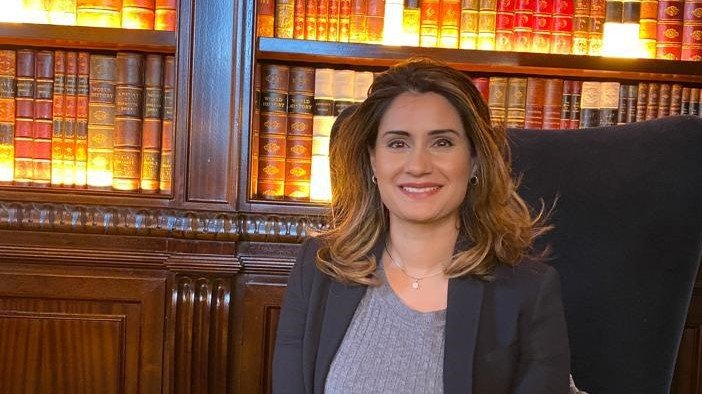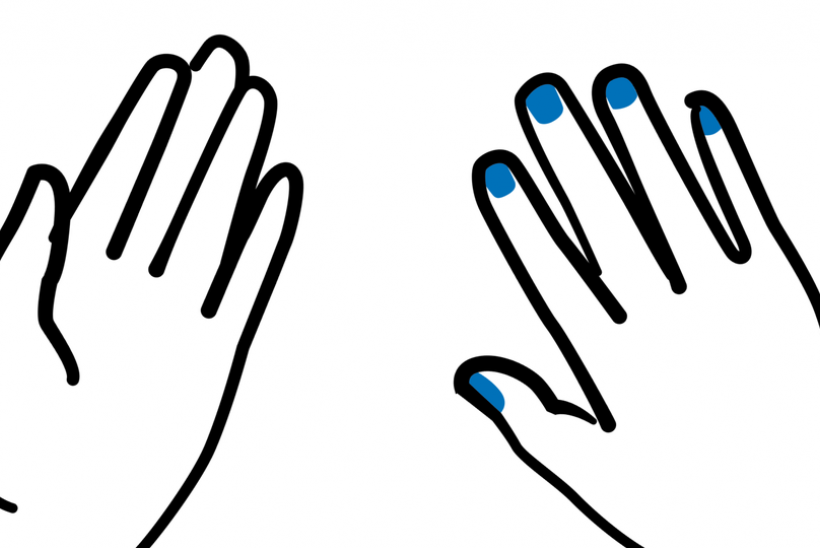Could touchless computers be used at Great Ormond Street Hospital?
A group of researchers investigate touch-free computer technologies with the Data Research, Innovation and Virtual Environments (DRIVE) unit at Great Ormond Street Hospital for Children (GOSH).
Why are touchless computers needed in hospitals?
In hospitals, there are several settings that require sterile environments. But shared computers are often the only way that clinical professionals can access information that is essential for some treatments. Touch-free computers could offer an easier and safer way to access this information.
How has the touchless computer software been developed?

Sheena Visram is the Co-Supervisor for UCL MotionInput. Sheena worked with a team of researchers at University College London in partnership with Microsoft to understand how touch-free computers could be made and used at GOSH.
They also worked with clinical professionals from the very beginning including the Clinical Simulation Team who support skills training, radiologists and cardiac surgeons. This meant that the project focused on making touch-free computer technology work for the people who would use it, rather than solely what the technology could do.
How does this touchless computer software work?
The touchless computer software is called MotionInput. It uses a regular webcam and a computer software that is programmed to recognise different types of gestures.
The team have now developed a whole suite of touch-free computer instructions including hand and head movements, and eye tracking.
The team spent significant time listening to clinical professionals and used more collaborative ways of developing computer features so that people were put front-and-centre.
The roles and experiences of staff at GOSH are very complex and their expertise, alongside that of patients, academics and technology companies is required to find new technical solutions that can support them and their patients.
Sheena’s research focuses on up-take of technologies, grounded by her experience in innovation over twenty years and as an Allied Health Professional. In developing helpful and exciting new technologies, she wants to ensure that the voice and perspective of people using the technology is at the fore.
I often find myself as a conduit between clinical teams and technical teams, each who are quite nervous about entering into a new type of conversation to try and understand concepts that fall outside of their primary training.
That’s why these demonstrations and early-stage prototypes are so important, to translate concepts into experiences in a simulated environment and show clinical teams what is possible.
Sheena Visram, Co-Supervisor for UCL MotionInput
Extra information about this research
Sheena is part of the Computational Informatics Research Programme at GOSH DRIVE, where researchers are working to understand how we can improve patient outcomes and experiences at the hospital using data and technology. You can read more about this project here.
MotionInput is publicly downloadable and available to anyone who wants to use it. Making the technology available at this early-stage means that the community can get involved and provide feedback to increase the likelihood that touch-free computers can be helpful to clinicians and patients, but also in other settings such as care homes and schools.
This article is from an original interview conducted by BCS, the Chartered Institute for IT.


